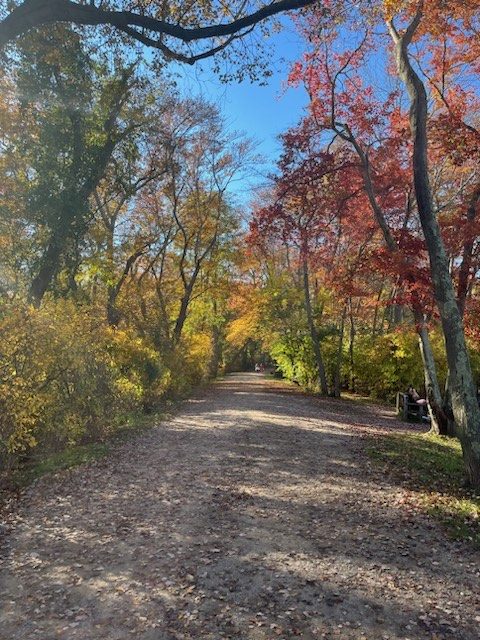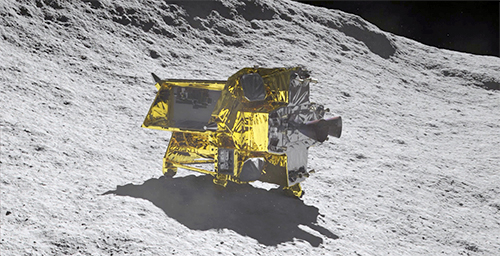As the weather gets chilly, the sun rises earlier, and leaves start falling from the trees, we know that the upcoming autumn season has arrived. However, there is one deciding factor in knowing if autumn has come- the colorful fall foliage.
Everyone notices that the leaves change color each season, but do we know why this radical change occurs? Trees and shrubs get the cue from the environment to start preparing for winter, just like we do. As autumn starts to arrive, the duration of daylight is reduced and there’s less sunlight for all plants to thrive. When sunlight is reduced, plants’s abundance of nutrients will decrease and they will not be able to carry out photosynthesis. The plant’s chlorophyll production slows down and eventually comes to a stop. Chlorophyll is the most common pigment found in plants as it gives leaves their green color.
Although, plants have a variety of secondary pigments that play a role in nature’s multicolored palette. These secondary pigments peak through as chlorophyll starts to wear out, and they are what we see when fall foliage is seen. Yellow, orange, and brown hues are produced from Carotenoids. Carotenoids are also found in such things as bananas, corn, and daffodils. Anthocyanins yield red and purple hues that are familiar to red apples and plums. Different species have a different range of colors, which makes fall foliage look like a picture perfect painting. Having a wide variety of hues helps the plant stay alive longer. Other Pigments can aim at different wavelengths of light. This allows plants to harvest more energy during photosynthesis to longer their duration of life.
Fall foliage shows up during the fall season, however, every species has a different timing of color change based on genetics. Thousands of distinct genes were expressed during the color-changing period. Species like sour wood, change leaf colors starting in late summer. Additionally, oak trees will drop and change their leaves long after others. Related species will change colors around the same period due to living at similar latitudes and elevations. Plants at a higher elevation will be at colder temperatures so they will change color first compared to those at lower elevations.
On September 23, our trees and shrubs started to go through a change that defined our vivid fall foliage. Next time looking out the window, or walking through the neighborhood, take time to consider the fascinating science behind the autumn atmosphere.








